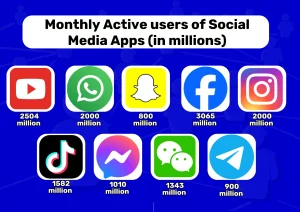Social media marketing is a dynamic and complex landscape, fraught with challenges that can hinder a business’s success. From the rapid pace of algorithm changes to the pressure to create engaging content, social media marketing struggles are a common occurrence. Additionally, issues such as measuring ROI, fostering cross-departmental collaboration, and staying ahead of trends can further complicate the process. However, by understanding these challenges and implementing effective strategies, businesses can overcome these obstacles and achieve their marketing goals.
The key to success lies in a combination of creativity, data-driven decision-making, and a strong focus on audience engagement. By staying informed about industry trends, experimenting with different approaches, and prioritising collaboration, businesses can navigate the complexities of social media and build a thriving online presence.
Ready to take your social media marketing to the next level?
















